Tadao Ando self-taught his way from obscurity to become one of the world’s most beloved architects. He was born in 1941 and is the eldest of twin boys who were separated in their infancy. Tadao went to live with his grandmother, and briefly became a professional boxer and a truck driver.
His path to architecture began as a teenager, when he started to visit temples, shrines, and tea houses in Kyoto and Nara. “I was studying architecture by going to see actual buildings, and reading books about them,” he reflected. When Tadao was 19, he found a book about Le Corbusier in a secondhand bookstore in Osaka.
I really wanted that book, but it was very expensive. I would go back to that bookstore and make sure that the book was buried at the bottom of a pile of books. Every time I would go back, the book would be on the top. I just repeated that process until I was finally able to afford it. That book introduced me to Le Corbusier. I decided I should travel to Europe and really see the buildings.1
Le Corbusier, like Tadao Ando, never received a formal architectural education. He taught himself by traveling in his twenties and experiencing great buildings in person. In his early twenties, Tadao decided to do the same. He hopped a train across Siberia to Europe in order to experience masterworks in person. Tadao also hoped to meet his idol along the journey, but when he arrived in Paris, Le Corbusier was dead. (At seventy-seven years old, Corbusier had gone out swimming in the Mediterranean against doctor’s orders. His body was found in the water hours later. The cause of death was likely a heart attack.2)
Marseilles was the last stop on Tadao’s trip to Europe. He stayed in the city for several weeks while waiting for a boat back to Japan. The delay left him with ample time to take in Le Corbusier’s masterwork: Únite d’Habitation. Tadao remembers being intrigued by Corbusier’s use of concrete. Concrete, along with steel and glass, would later become Tadao’s signature materials. He kept a detailed sketch book on the trip, a tradition he maintains to this day when he travels.
In his late twenties, back in Japan and lacking a degree or formal training, Tadao got his architecture license and started designing buildings. His early works were mostly homes. The Financial Times describes these houses as “often tiny but much loved by their owners, which still sit like unexpected gifts in modest Japanese neighborhoods. His philosophy of houses is minimalist but full of warmth.”3 Tadao first achieved recognition with one such home—the Azuma House which he built in Osaka in 1976.
Around this time, a dog came into Tadao’s life. He recalled:
"In 1982, a stray dog came into the office. In a computerized society not many people live with animals and plants so I kept him and we had to come up with a name.
The name he settled on was Le Corbusier, or Corbu for short.
Corbu accompanied Tadao during the breakout years of his career, which would lead him to win a Pritzker Prize in 1995. It’s reported that when the architect’s creativity dried up, Tadao would tap into inspiration from Le Corbusier by holding Corbu.
Today, Tadao Ando is in his 80s. Corbu passed away years ago, but Tadao keeps a framed picture of him amidst his trinket-laden studio. I found Corbu and Le Corbusier in a few photos of Tadao’s atelier in recent interviews in the Financial Times.
One of my favorite anecdotes from researching Tadao Ando is the way he describes architecture as a team sport. To close out this edition of Art Dogs, here is an assemblage of two quotes that stuck with me.
As we all know, you can't make architecture by yourself. An architect needs to make everyone take ownership for the work. To be successful, you need to ensure that every carpenter, plumber, and so on, in every project, is doing their own project.
If all these different people work under a single vision, it’s possible.4
Every time I go to the construction site, I try to take a photograph of every worker. It's a symbol that we're all working together with a shared goal. It's very important for me that everyone feels that way.5
https://www.surfacemag.com/articles/tadao-ando/
https://medium.com/paper-architecture/concrete-conversations-in-the-shadows-of-giants-9a57aa630332
https://www.ft.com/tour. https://www.ft.com/content/e0112c50-9f55-11e6-891e-abe238dee8e2 h
https://www.surfacemag.com/articles/tadao-ando/
https://architectureassociate.blogspot.com/2012/12/tadao-ando-interview-20-minutes-with.html





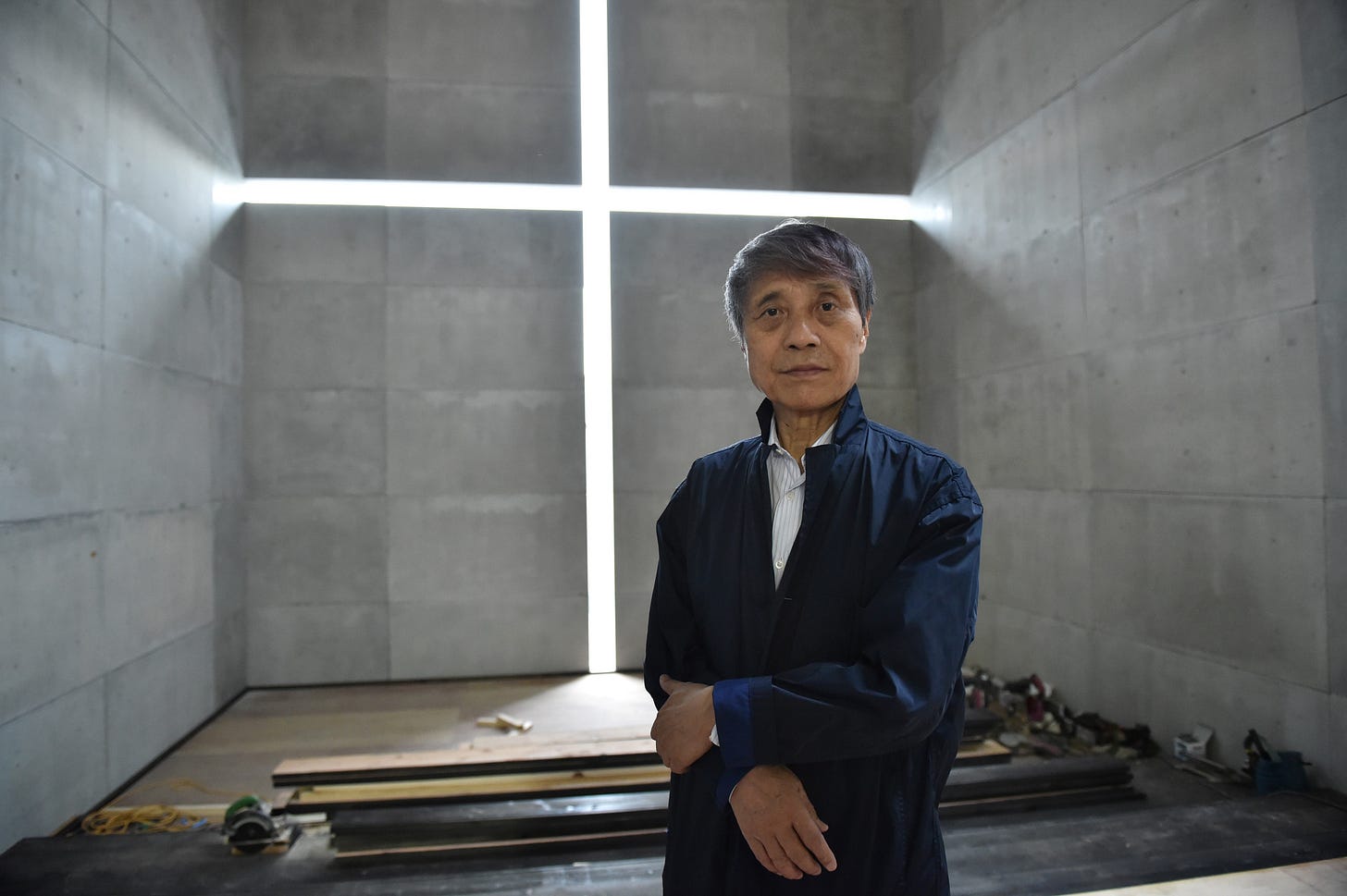
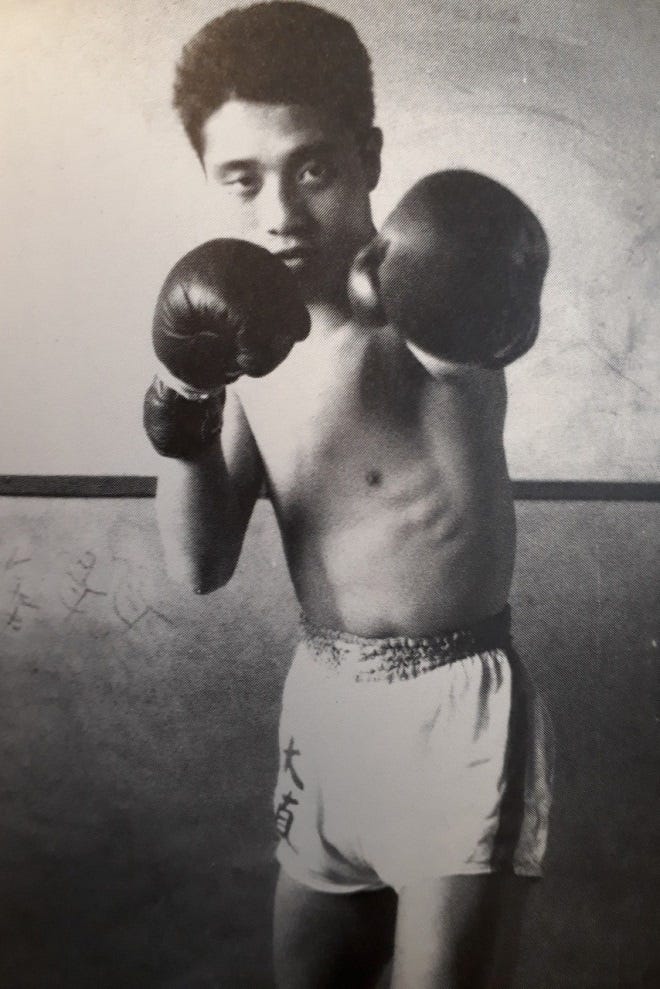




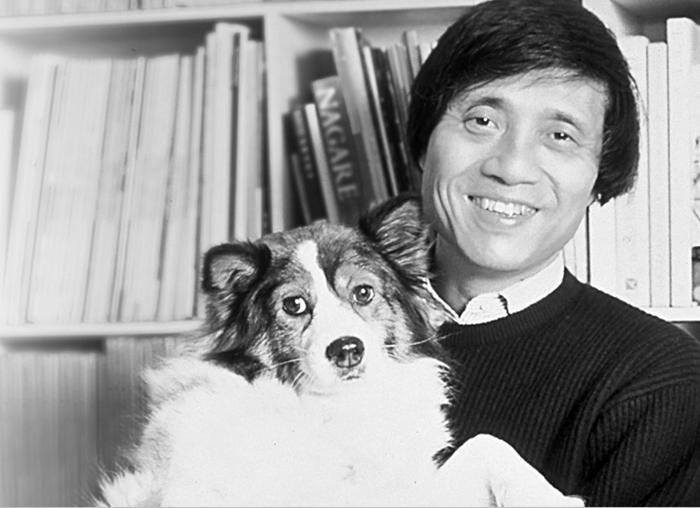
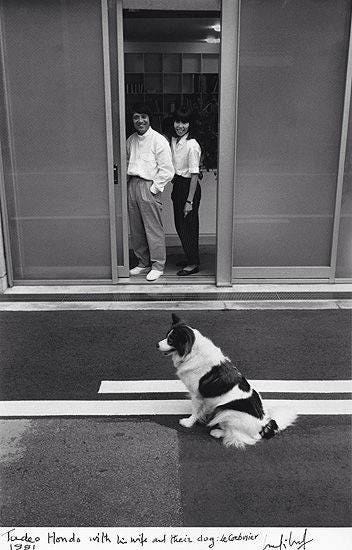


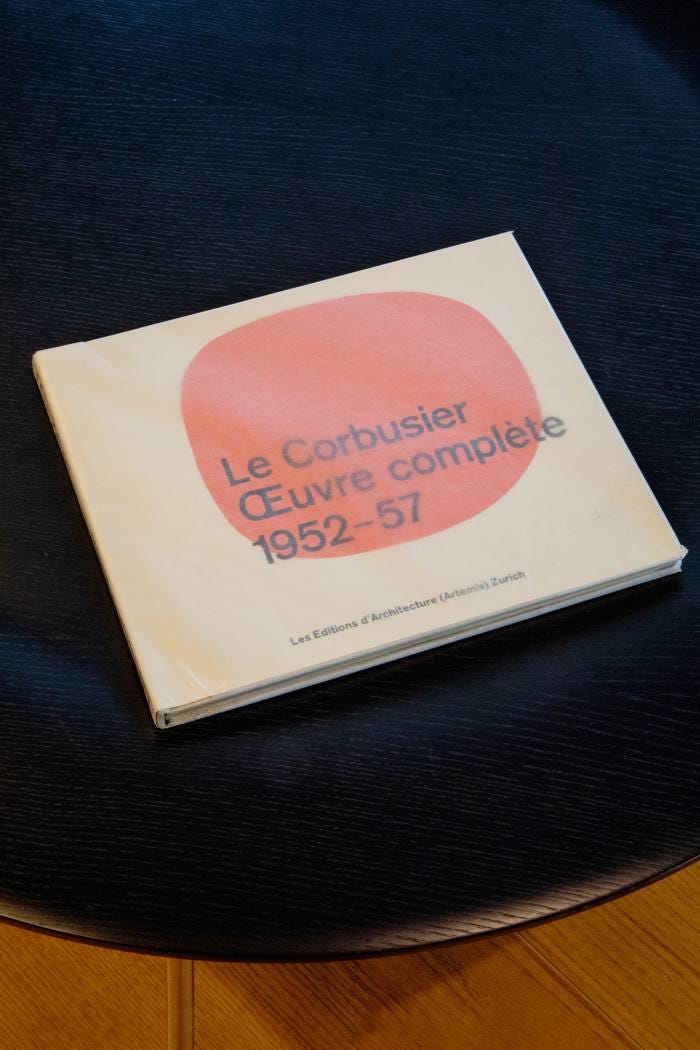
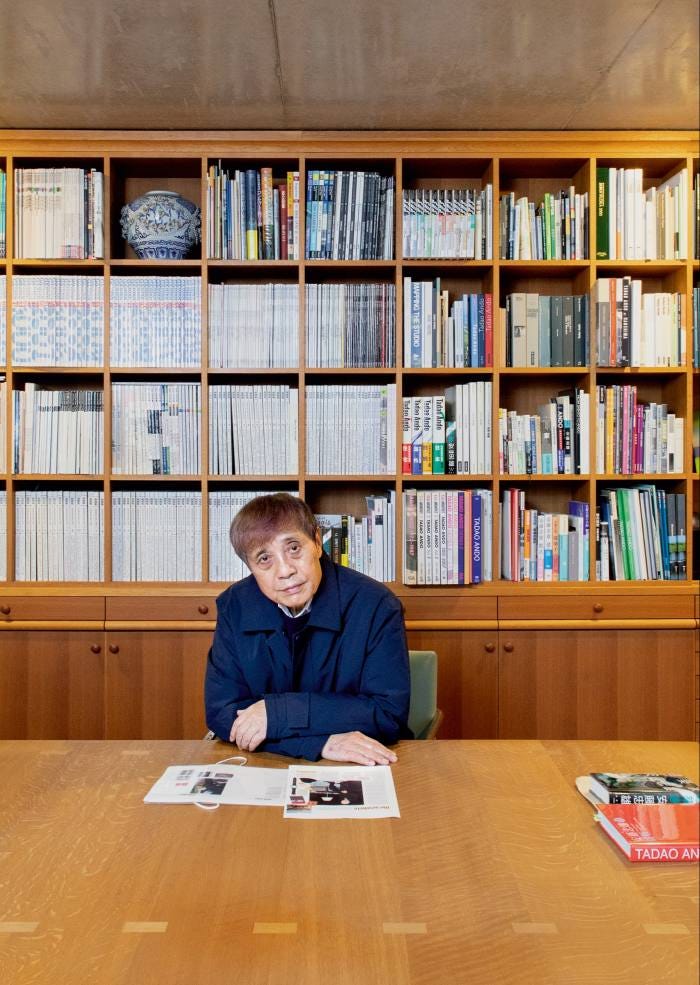
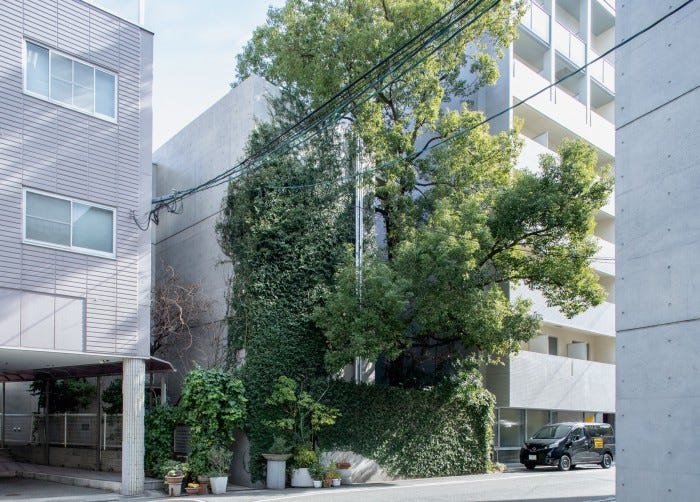
Thank you for sharing this piece Bailey. I hadn’t heard of Tadao until reading this! Just looked up a few of his pieces and the He Art Museum in China looks incredible! Isn’t it crazy how these designs come to life? Somebody has a thought, designs it, brings all the relevant people together, and through beautiful harmony life is breathed into it. By holding Corbu he was literally channelling inspiration and guidance from Le. If you haven’t already seen the movie Big Hero 6, I think you’d enjoy it 🙏🏽💫
fantastic piece!